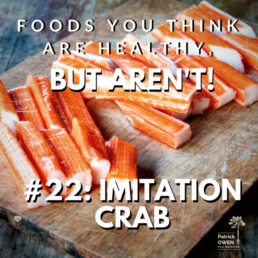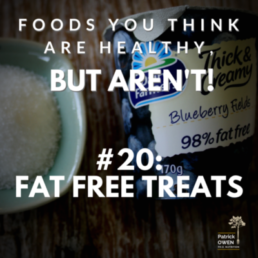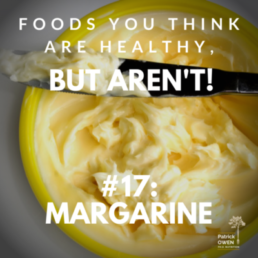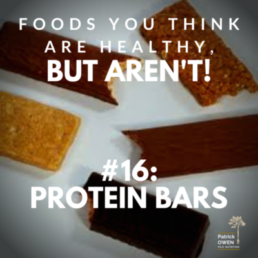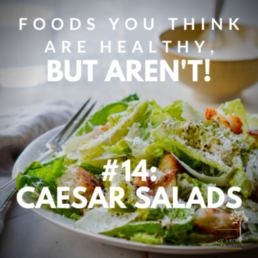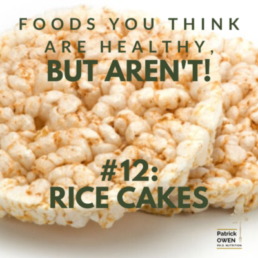WHY WE AVOID IT:
This tea made from a South American herb is said to provide the energy boost of coffee without the added jitters. Yet the taste is off-putting for many. It has been described as a combination of tobacco, weak coffee and hay, with a hint of oak.
WHY WE SHOULD EAT IT:
A common claim is that yerba mate is actually free of caffeine but that’s not true. It contains about 80 milligrams of caffeine per cup, almost twice the amount in black tea but less than half that of coffee. Anecdotal evidence that yerba mate is jitters free might be because of its theobromine content, a compound that also occurs in cacao. While caffeine constricts blood vessels and causes blood pressure to increase, theobromine has the opposite effect. It’s likely that the combination of caffeine and theobromine has a different effect.
Traditionally, yerba mate is brewed and served in a dried-out gourd and sipped through a metal straw with a filter on one end to stop drinkers from sucking in leaves. You can still drink it from a coffee mug, though, just in case you’re out of clean gourds. Similarly to many teas and coffee, yerba mate is imbued with an impressive amount of antioxidants like quercetin, theobromine and theophylline; B vitamins and vitamin C; and minerals such as manganese, potassium, and zinc. A word of caution, though: There might be a possible link between yerba mate and certain cancers. The association is weak and purely observational, but it might be due to the presence of carcinogenic polycyclic aromatic hydrocarbons in some varieties of yerba mate. Despite this, the occasional cup can certainly be integrated into your healthy lifestyle.
